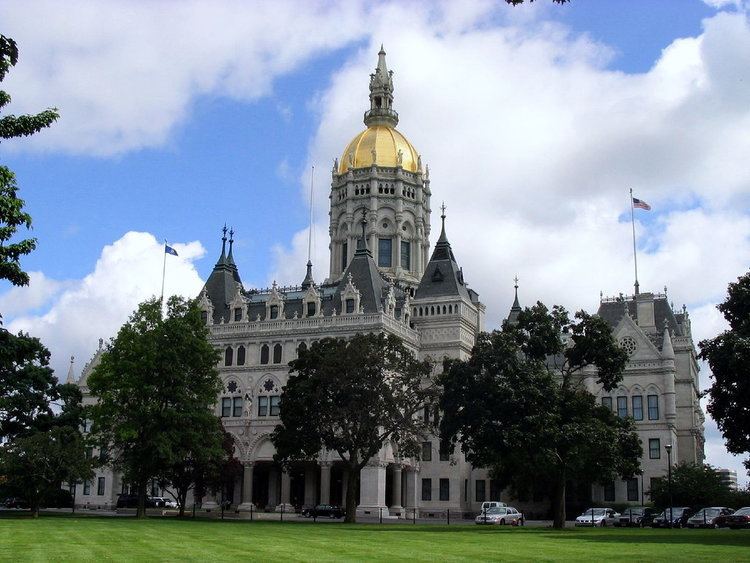Occupation Architect Name Richard Upjohn | Role Architect Parents Richard Upjohn | |
 | ||
Structures Connecticut State Capitol, St Paul's Episcopal Church, Christ Church, Trinity Chapel Complex, St Peter's Episcopal Church Similar People Richard Upjohn, Charles Bulfinch, Jacob Wrey Mould, Richard Morris Hunt, Ralph Adams Cram | ||
Richard Michell Upjohn, FAIA, (March 7, 1828 – March 3, 1903) was an American architect, co-founder and president of the American Institute of Architects.
Contents
Early life and career
Uphohn was born on March 7, 1828 in Shaftesbury, England and his family emigrated to the United States in 1829. He was the son of the famous architect Richard Upjohn (1802–1878) and joined his father's New York architectural firm in 1853. The earliest building that architectural scholars credit to him alone is Madison Square Presbyterian Church in New York City, built from 1853 to 1854. He became best known, much like his father, for his High Gothic Revival style of architecture. He, again like his father, was a founding member and president of the American Institute of Architects.
A number of noteworthy architects trained in his office, including Clarence Fagan True.
Personal life
His son, Hobart Upjohn, practiced as a civil engineer and architect. Richard M. Upjohn died on March 3, 1903 in Brooklyn, New York. He was buried in Green-Wood Cemetery, for which he and his father had done design work many years before.
A number of buildings that he designed are now listed on the National Register of Historic Places (NRHP). Four are listed as National Historic Landmarks.
Works with Richard Upjohn
Works as Richard M. Upjohn
Individual projects include:
